If you can't win, throw a coin and make a deal, can you still make money?
Author: Inventors quantify - small dreams, Created: 2017-02-25 10:31:34, Updated:If you can't win, throw a coin and make a deal, can you still make money?
The winning and losing ratios in the direction are a pair of contradictions in the investment strategy. What do you mean? The goal of a high-win-rate strategy is to make a small amount of money per trade, with a small amount of money added up. What do you mean? The strategy of high profit/loss ratio usually requires constant trial and error, with big losses and small losses.
-
So how do you determine if your strategy is going to make money?
-
1, the win rate in the direction represents the probability of winning, the higher represents the more trade gains are positive, the less represents the more trades are loss trades.
-
2, the returns generated by a single transaction can be effectively simulated by a normal distribution distribution function
-
3, for random variables, there is a huge difference between the gain near 0 and the gain at the tail of the normal distribution.
-
4, a simple overlay of the gain can be achieved with the standard normal distribution function and the probability density function
If the win rate is 50% (as with coin tossing), the win and lose distributions are both 0-1 standard normal, and the average is taken after generating 5000 gain curves, which are smoothed as shown below:
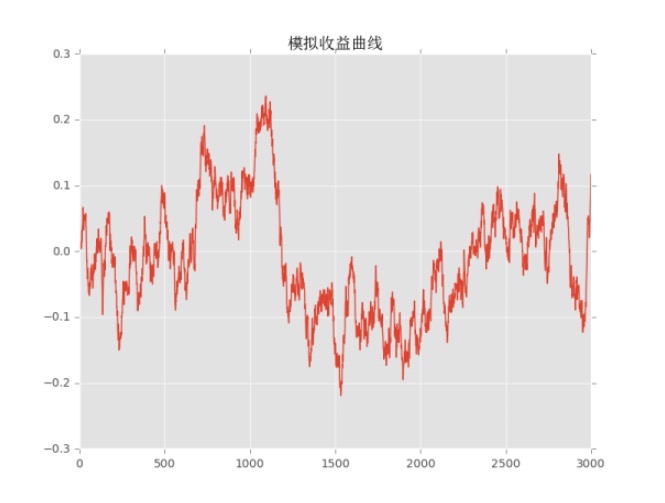
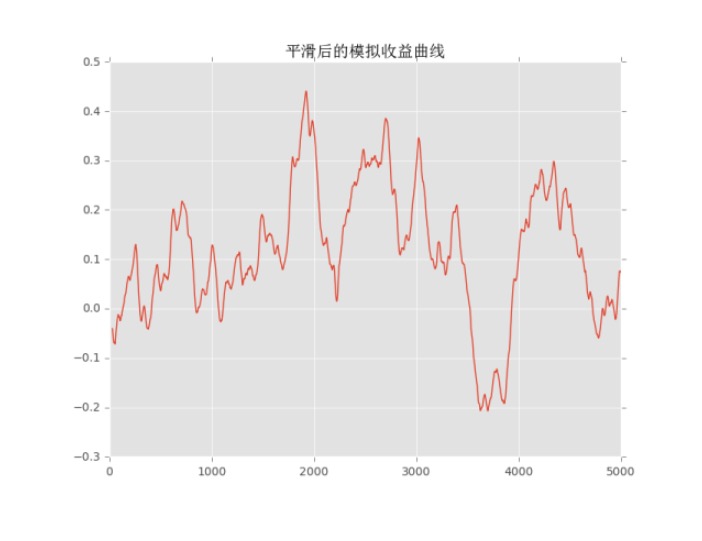
If the winning probability is 55% (better than tossing a coin), the profit distribution and the loss distribution are both 0-1 standard normal, and the average is taken after generating 5000 profit curves, you can see the probability advantage, but the profit is not significant:
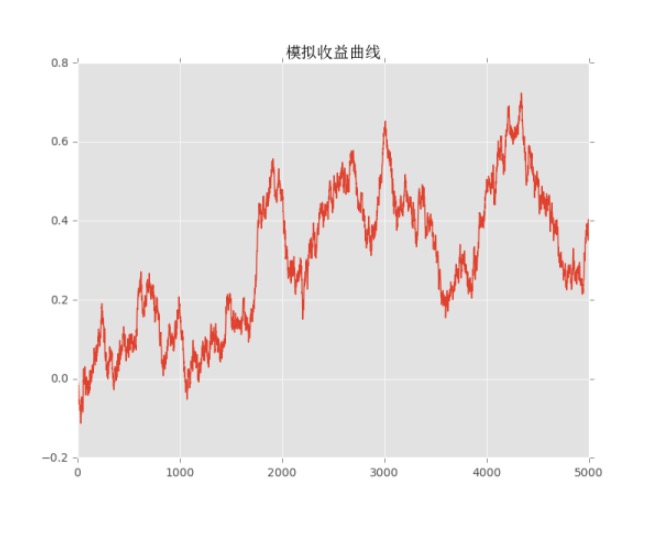
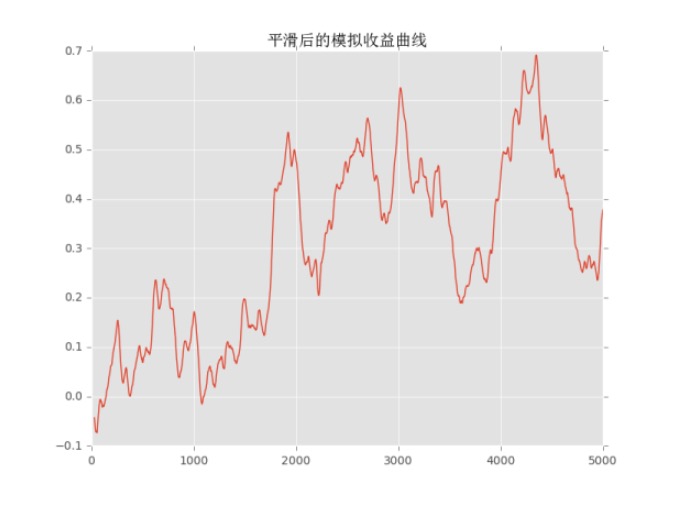
If the win rate is 50% (equal to tossing a coin), the profit distribution is 0.1-1 normal distribution, the loss distribution is 0-1 standard normal distribution, that is, the profit margin is slightly higher than the loss margin, and the loss margin is gained, it can be seen that even if the win rate is equal to tossing a coin, it is still possible to win:
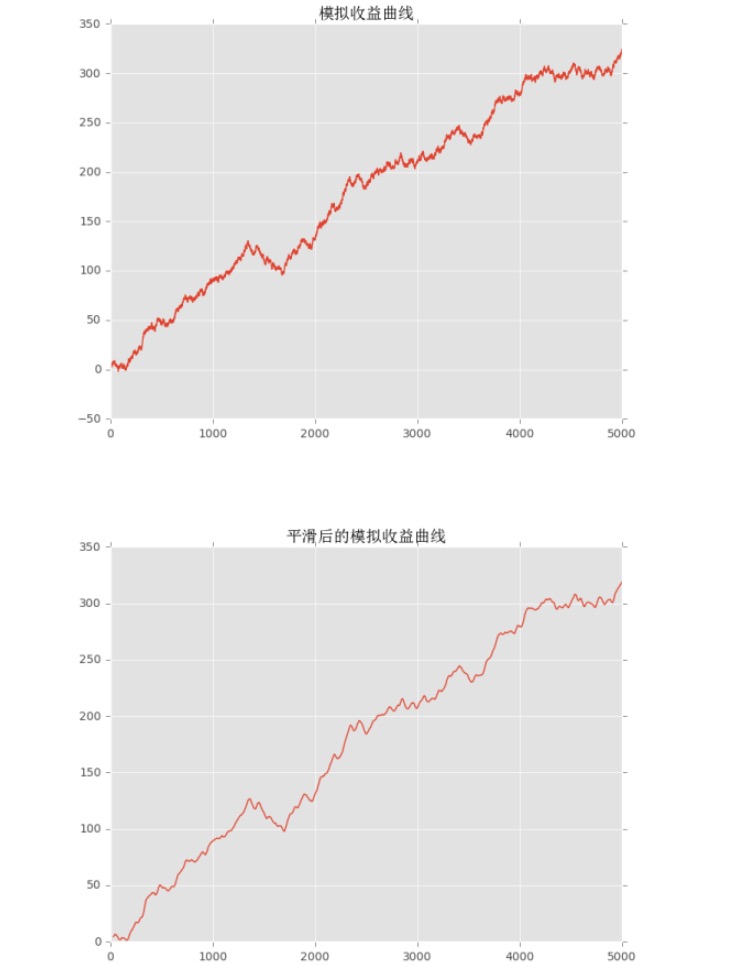
If the win rate is 40% (better than tossing a coin), the profit distribution is 1.5 to 1 and the loss distribution is 1 to 1 standard normal, i.e. a high profit and loss ratio, you can see that even if the win rate is not as good as tossing a coin, you can still win:
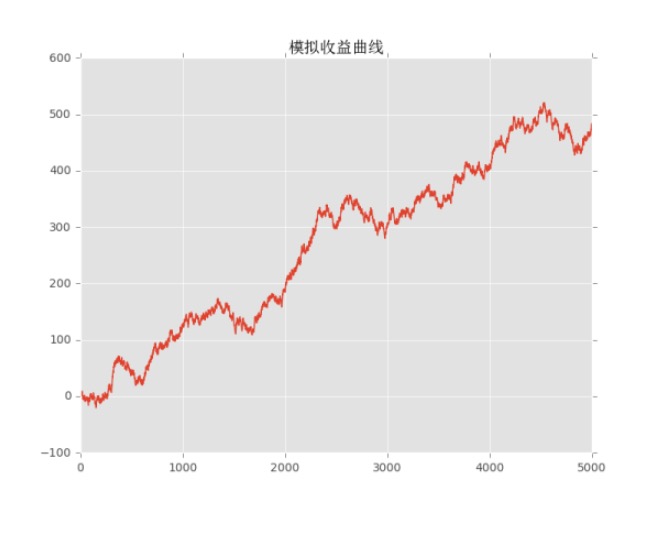
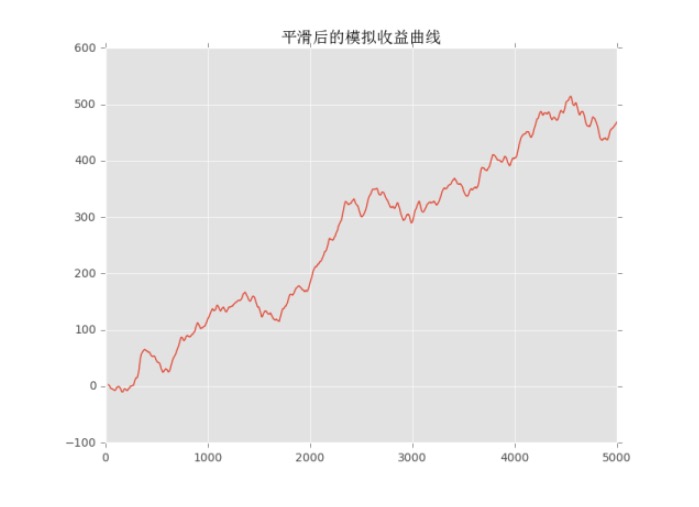
In other words, if the win-loss ratio is high, the chances of winning are better than flipping a coin. This is similar to playing twenty-one-point poker in a casino, where twenty-one-point house odds are greater than 50%.
Experienced gamblers increase their chips when they feel they can win, and reduce their chips when they can't win, so that they get a low win rate and a high profit-loss ratio.
-
Written by Zhou Steve Source: known
- Money and credit in monetary banking
- Trading strategies of gamblers
- HttpQuery is not used in Python
- What does it mean to be a "dispossessed" hedge fund?
- Talking about the odds of winning and losing
- This is probably the biggest lie in investing!
- How to Survive in a Random World
- Discover trends and follow trends
- Disclosure of the Big Data Fund
- Why are retail investors buying and selling (Contrarian)?
- The journey of machine learning algorithms
- When we predict probabilities, what do we predict?
- Programmatic transaction flow chart (an idea to the program)
- _C() Re-test the function
- _N() function, small number of decimal places, precision control
- Adaptive learning in the first place
- Real and formal trading systems
- Three short stories about understanding real estate, stocks and money
- Six branches of Quant uncovered
- Dynamic time series based pattern recognition strategies